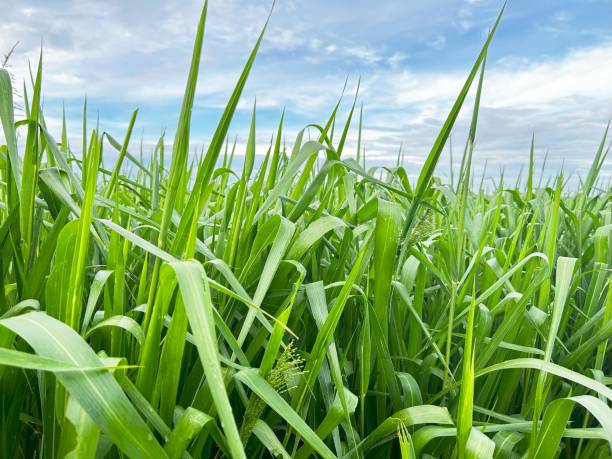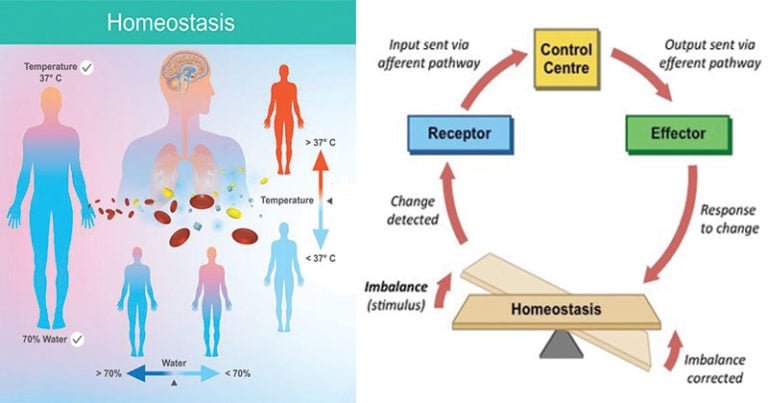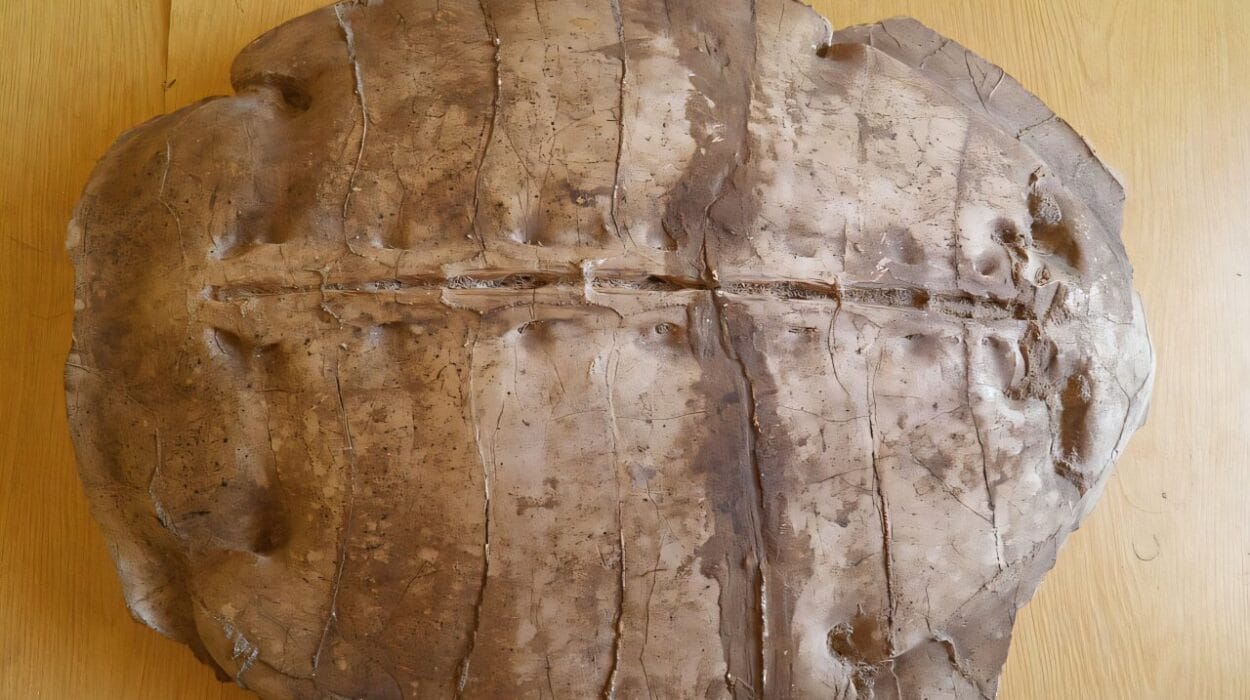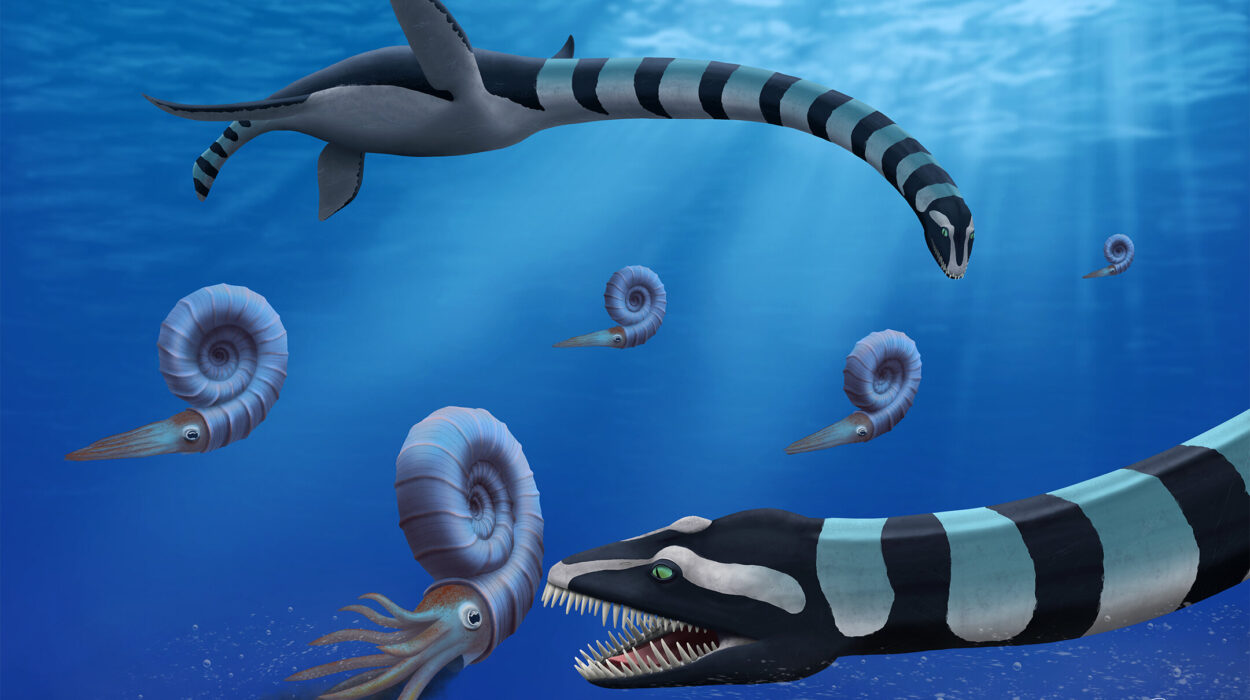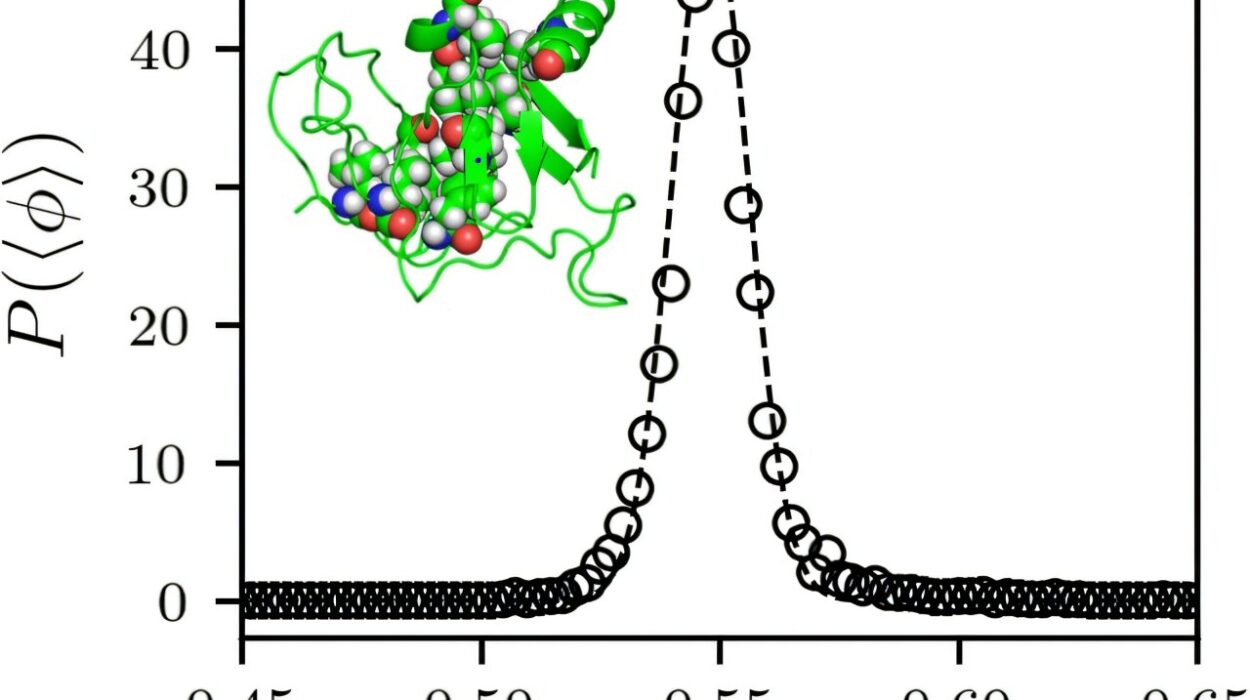Beneath the endless African sun, the savanna breathes like a living ocean. Rippling waves of gold and emerald grass stretch to distant horizons, trembling in shimmering heat. From the rocky outcrops of the Serengeti to the floodplains of the Okavango, grass is life itself—a cradle for herbivores, a stage for predators, a silent architect of entire worlds.
Yet hidden within these seemingly innocuous blades is a secret that even the mighty lion must fear. For in these waving seas of green, some grasses harbor poisons potent enough to bring giants to their knees, to snuff out the breath of buffalo, antelope, and, through a dark chain of fate, even the king of beasts himself.
This is the story of the grass that can kill a lion.
An Unexpected Assassin
To most, grass seems the least threatening of plants. It has no claws, no fangs, no poisonous spines. It grows humbly, bowing in the wind, sustaining creatures great and small. But certain grasses are anything but benign. They possess chemical defenses so lethal that a single mouthful can doom an animal many times their size.
Among these, one species stands out in notoriety: Panicum maximum, known in many regions as Guinea grass. Indigenous to Africa, Guinea grass thrives across tropical and subtropical lands, its tall, lush blades waving like flags over savanna and pasture.
To the casual observer, Guinea grass looks almost inviting—a dense, green thicket standing as tall as a man. Livestock farmers cherish it for its rapid growth and high protein content, planting it to fatten cattle and goats. But hidden within its tissues is a molecular dagger: cyanogenic glycosides—compounds capable of releasing hydrogen cyanide, also known as prussic acid.
The Chemistry of Death
Cyanide is the language of death in the natural world. It’s the same poison once used in gas chambers, and in countless tales of murder and espionage. Yet plants wield it not for malice, but for self-defense, a shield forged over eons of evolution against the relentless jaws of herbivores.
In Guinea grass, as in many other cyanogenic plants, the poison lies dormant, harmlessly bound in sugar-linked molecules called glycosides. But when an animal tears into the plant, crushing cells and mixing enzymes, a violent chemical reaction ensues. Hydrogen cyanide gas is unleashed, diffusing rapidly through the bloodstream, choking the very engines of life.
Cyanide’s deadliness lies in its assault on cellular respiration. It binds to cytochrome c oxidase in mitochondria—the structures inside cells that convert oxygen into energy. Without this vital process, cells suffocate, organs fail, and life extinguishes swiftly.
For smaller animals, a modest dose suffices. But even a creature as large as a buffalo, a giraffe—or a lion—can fall victim if enough cyanide is ingested or absorbed indirectly through the food chain.
When Grass Turns Killer
Under normal circumstances, Guinea grass poses minimal risk. Plants tend to produce only small amounts of cyanide, insufficient to kill large grazers. Yet certain conditions transform these pastures into lethal traps.
Periods of drought followed by sudden rain spur new growth in the grass. Tender young shoots, eager to defend themselves from hungry herbivores, concentrate higher levels of cyanogenic compounds. Stress—whether from frost, disease, or overgrazing—can have a similar effect.
In these moments, a single grazing session can deliver a fatal dose of poison. Livestock farmers across Africa, Australia, and parts of South America know the heartbreak: cattle, once fat and healthy, collapse in the fields, gasping for breath, their blood bright with oxygen they cannot use. Veterinary records are filled with reports of “prussic acid poisoning” tied to Guinea grass and other cyanogenic species.
Wild herbivores, too, are not immune. In southern Africa, mass deaths of antelope have been documented during drought years, the victims found lying stiff in the grass that killed them. And therein lies the indirect path by which grass can kill a lion.
The Silent Death of Kings
Consider the lion. Apex predator, monarch of the savanna, feared and revered. Lions rarely eat grass except for minor stomach remedies. They feast upon flesh—zebra, wildebeest, buffalo, giraffe. Yet when grass turns toxic, lions face a peril they cannot see.
A drought scorches the land. Guinea grass lies brown and brittle. Then rains fall, coaxing sudden flushes of tender growth. Hungry antelope rush to graze. A kudu bends its elegant neck to the green shoots, unaware it swallows invisible poison. Within hours, it stumbles, collapses, and dies beneath the acacias.
Soon after, a lioness scents blood on the wind. She stalks the carcass, teeth bared, eyes blazing. The kill is effortless—except it is no kill at all, for the prey is already dead. The pride feeds, oblivious that the flesh carries a hidden burden.
Cyanide breaks down quickly in most tissues, and scavenging predators often escape harm. Yet under certain conditions—if the herbivore dies swiftly, if cyanide levels are high enough—some toxins remain in muscle tissue and blood. Lions, feasting on such carcasses, may ingest fatal doses indirectly. Documented cases exist of predators, including lions and cheetahs, succumbing to secondary poisoning after eating victims of cyanogenic plants.
While rare, the phenomenon underscores a grim truth: the savanna’s food web is a delicate lattice. A toxin in a blade of grass can ripple upward, toppling even the apex predator.
Ecological Chains of Doom
The story doesn’t end with Guinea grass. Throughout Africa and the world, other grasses and forage plants harbor deadly secrets.
Species like Sorghum bicolor (sorghum) and Sudan grass are notorious for cyanide poisoning under drought stress. Johnson grass (Sorghum halepense), widely naturalized across Africa and the Americas, can become a deadly trap for grazers. Even wild species such as some varieties of millet, and certain legumes, harbor cyanogenic glycosides.
Beyond cyanide, grasses wield other biochemical weapons. Some produce oxalates, which bind calcium in the blood, leading to hypocalcemia—a fatal drop in calcium levels. Others harbor nitrate accumulations that become toxic when converted to nitrite in the rumen, leading to methemoglobinemia, in which the blood can no longer carry oxygen.
These poisons rarely target predators directly. Yet their indirect effects can be catastrophic. A mass die-off of herbivores leaves predators starving. Carcasses laced with toxins sicken scavengers. Ecosystems tilt, sometimes collapsing under the strain.
For lions, whose territories and prides depend on stable prey populations, the consequences can be deadly even without ingesting poison themselves. In drought-stricken years, prides may shrink as prey vanish or succumb to toxic grasses, leaving cubs to starve and lionesses weakened.
The Invasive Threat
Guinea grass has another, more sinister chapter. Beyond its native Africa, it has become a highly invasive species in places like Australia, Hawaii, and parts of Latin America. Introduced for its forage value, it escaped cultivation and spread uncontrollably.
In Australia, Guinea grass invades savannas and woodlands, crowding out native species and altering fire regimes. It grows so thick and tall that when it ignites, it burns with searing heat, killing native trees and animals unaccustomed to such intense blazes.
Even in Africa, where it’s native, Guinea grass can transform landscapes when planted in monocultures for pasture, reducing biodiversity and pushing delicate species toward extinction. Its very vigor—a trait prized by farmers—becomes ecological tyranny.
A Grass of Paradoxes
How can one plant be both a blessing and a curse? The answer lies in evolution’s genius. Guinea grass evolved under the relentless pressure of herbivores, drought, and fire. Its chemical arsenal—cyanide included—is both shield and sword, enabling it to survive in one of the harshest biomes on Earth.
Farmers see its virtues: fast growth, drought resilience, high protein content. Conservationists and ecologists see its dangers: toxic blooms, invasive spread, biodiversity loss.
Lions and other predators see only the consequences: dying prey, vanishing food sources, and occasional poisoned meals.
Survival Amid Invisible Perils
The African savanna is a realm of paradoxes. Life thrives in extremes. Rain falls in torrents or not at all. Grazers roam in vast herds, yet each blade of grass they consume might harbor a hidden assassin.
For the lion, whose roar echoes across moonlit plains, the dangers are many—rival prides, human conflict, disease. Yet few would suspect that one of its deadliest threats could be the grass beneath its paws.
The grass that can kill a lion is a reminder of how fragile the web of life truly is. A ripple in chemistry cascades into the fall of giants. A plant’s quiet war against grazers spills blood across the food chain.
In the hush of dawn, as golden light spills across the savanna, a lion lifts its massive head and surveys the plains. The grass waves gently, concealing secrets in every blade. Somewhere in that green tide lies life. And death.
Research and Conservation Frontiers
Scientists and conservationists work tirelessly to map the toxic terrains of African rangelands. Satellite imaging, remote sensing, and drone surveys now help monitor vegetation health and detect sudden flushes of cyanogenic grasses after rains.
Veterinary teams study the biochemistry of toxic plants, developing grazing management plans to help livestock avoid lethal patches. Ecologists explore whether wildlife can detect and avoid toxic forage—an instinct some species may possess, but not infallibly.
For lions, the research is more complex. Scientists track pride movements with GPS collars, correlating predator activity with prey die-offs during toxic grass events. Understanding these interactions may help conservationists predict lion population risks during climate extremes, which are increasing under global warming.
Meanwhile, invasive grass management has become a global priority. In Australia, Guinea grass eradication programs deploy fire, herbicides, and manual removal to protect native ecosystems. In Africa, sustainable grazing practices aim to balance the grass’s benefits with its hidden threats.
Climate Change and a Dark Horizon
Climate change looms as a silent partner in this drama. Warming temperatures, shifting rain patterns, and more frequent droughts are already altering the dynamics of cyanogenic grasses.
Longer dry periods followed by intense rains create ideal conditions for toxic regrowth. As landscapes become more stressed, cyanide levels spike in plants like Guinea grass. Scientists warn that as global temperatures rise, poisonings among livestock and wildlife could become more frequent.
Lions, already under siege from habitat loss and human conflict, face an uncertain future. The invisible threat lurking in the grass adds yet another peril to their survival. The fate of Africa’s great predator may hinge as much on the chemistry of plants as on the barrels of poachers’ guns.
The Final Mystery
In the end, the grass that can kill a lion is both marvel and menace—a green blade glinting under an African sun, an alchemist’s brew of growth and poison.
It stands as a symbol of nature’s duality. Life and death intertwined. Beauty cloaking danger. A quiet reminder that even the mightiest creatures live by the grace—and sometimes the lethal cunning—of humble plants.
So the next time you gaze across a sunlit savanna and see the grasses shimmering like silk, remember: within that gentle sway lies a story older than lions, deeper than teeth and claws—a story written in molecules, where survival balances on a blade of grass.
